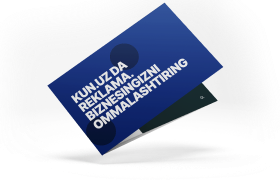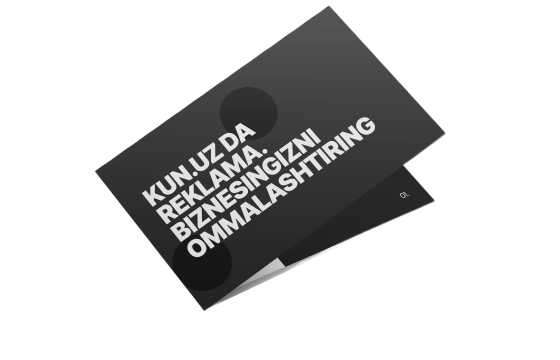EU commits to long-term cooperation with Central Asia on transport, energy, and innovation
The European Union has proposed that Central Asian countries begin producing clean hydrogen using renewable energy sources, as part of a broader vision to deepen cooperation.
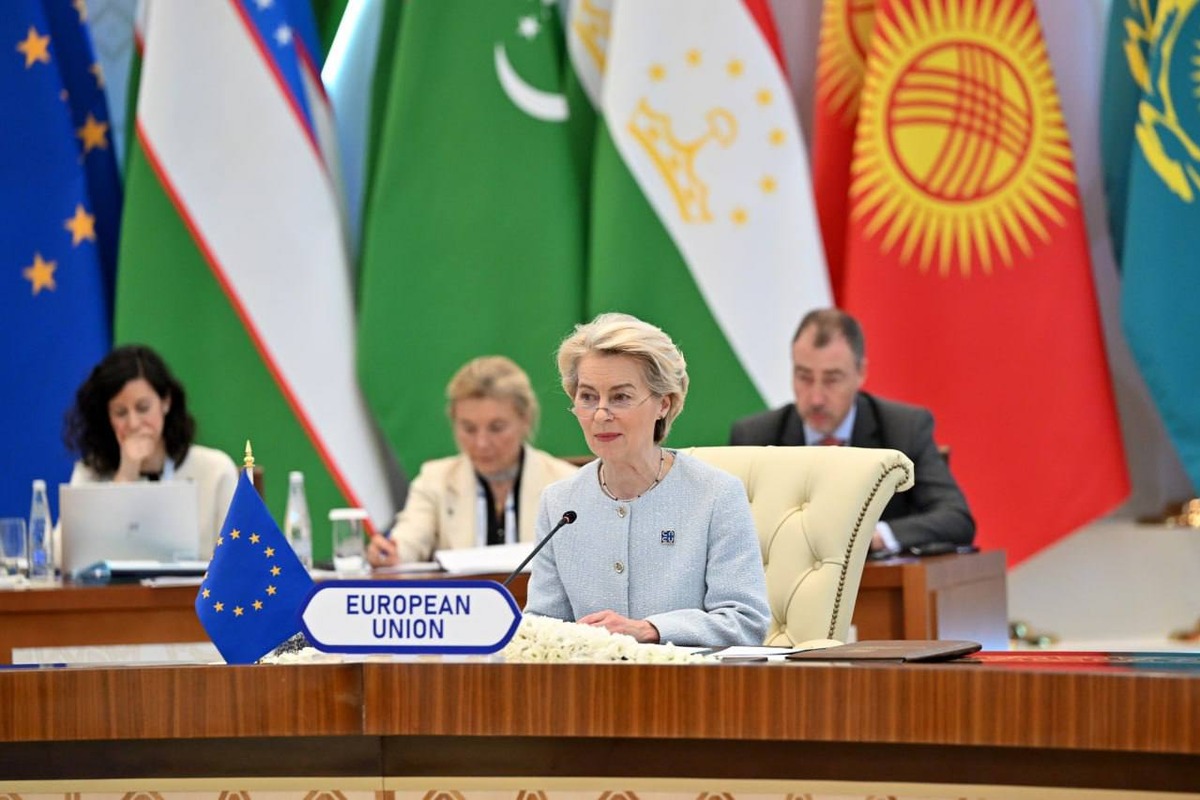
Photo: Presidential press service
As it was previously reported, the first “Central Asia–European Union” summit was held in Samarkand on April 3–4. During the event, President Shavkat Mirziyoyev proposed a comprehensive partnership and cooperation agreement between the two regions.
In her keynote speech at the summit, President of the European Commission Ursula von der Leyen outlined four key areas of cooperation between the EU and Central Asia.
1. Transport corridors
The first priority is the development of transport corridors. Last year, the EU announced a €10 billion investment into the Trans-Caspian Transport Corridor, aimed at reducing land transit times between the regions to just 15 days. Von der Leyen expressed hope that the project would also attract private investment, referencing the upcoming Tashkent International Investment Forum.
“In a world increasingly fragmented, the Trans-Caspian Transport Corridor will strengthen ties between your five countries and Europe,” she said.
She added that the potential opening of Armenia’s borders with Turkey and Azerbaijan would be a “game changer,” bringing Europe and Central Asia even closer.
2. Critical raw materials
The second area of focus is cooperation in the field of critical raw materials. While some countries are only interested in extraction, the EU aims to support the development of local industries and create added value within the region. For instance, European companies have already invested €1.6 billion in the Almalyk copper mine in Uzbekistan.
“They not only extract minerals but also process them on-site. This creates local jobs and value,”
von der Leyen noted. “But we could do much more across the region.”
The EU seeks to build long-term partnerships across the entire value chain — from mining to processing. To support this, both sides will sign a Joint Declaration on Critical Raw Materials, which is expected to attract “large-scale and regular private investment” to the region.
3. Green energy and hydrogen production
The third area is green energy. Von der Leyen stated that Central Asia already produces sufficient renewable energy to meet both domestic demand and export needs. She proposed that part of this capacity be used to produce clean hydrogen, helping the region move toward energy independence.
4. Satellite internet connectivity
The fourth pillar is satellite internet. The EU is currently working on a satellite program in Kazakhstan, aiming to connect remote schools and settlements. Over the next few years, the network is expected to reach 1,700 communities across Central Asia.
“Central Asia may be landlocked, but it is certainly not cut off from space. And space can be your gateway to the world,” said the European Commission President.
Von der Leyen concluded by saying that the Samarkand summit opens a new chapter in EU–Central Asia relations.
“Today we begin a strategic partnership,” she declared, emphasizing that Central Asia can rely on Europe.
Related News
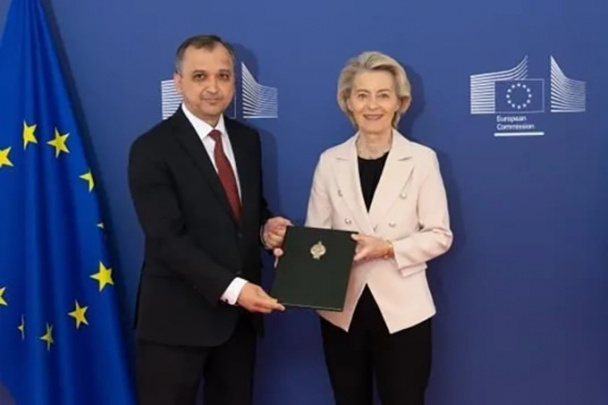
17:20 / 27.05.2025
Uzbekistan’s ambassador presents credentials to European Commission President
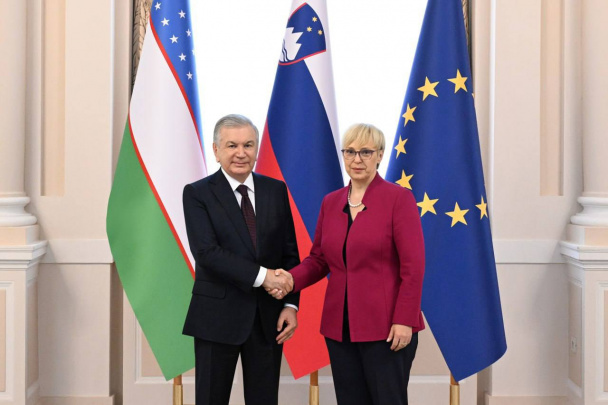
18:40 / 22.05.2025
Uzbekistan eyes EU market access through Slovenia’s Port of Koper
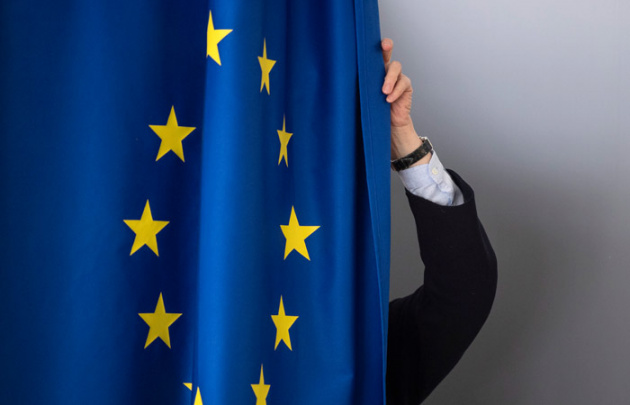
12:04 / 22.05.2025
Rising tally: Another Uzbek company faces EU sanctions

13:44 / 21.05.2025
